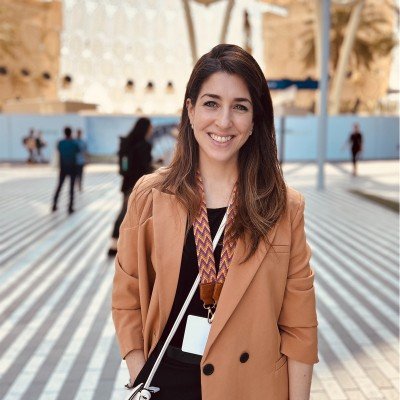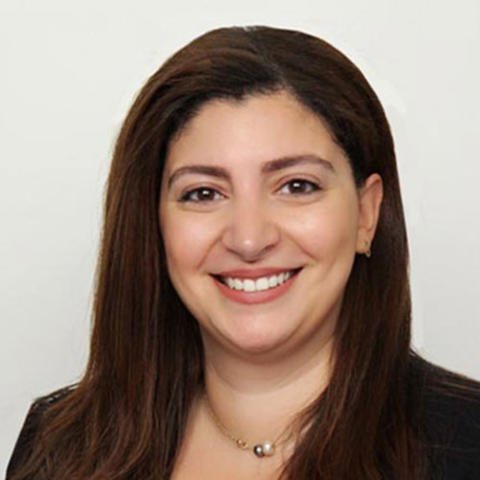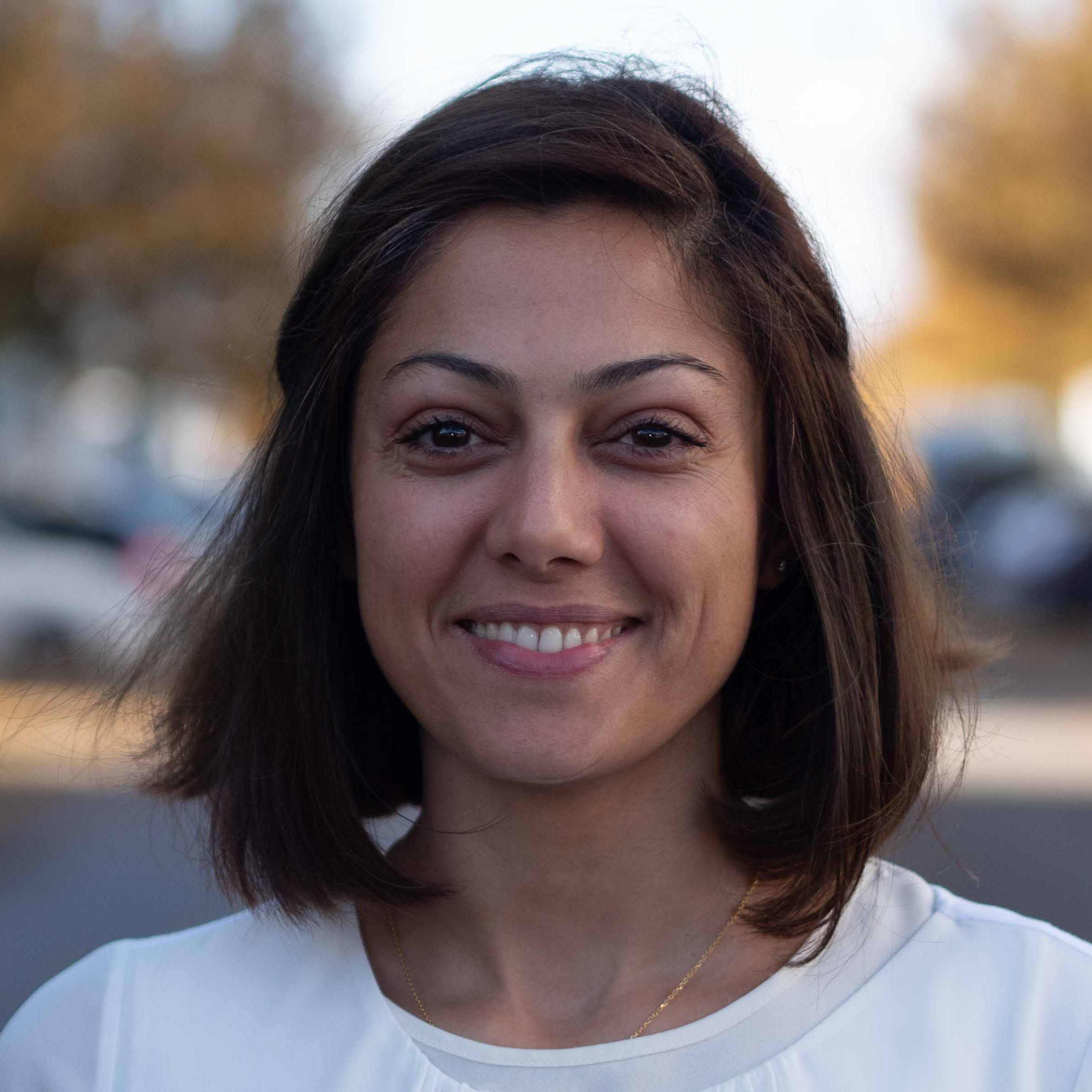CA4SH Finance Webinar: Investing in soil health from the ground up
If regenerative agricultural systems are so great, why doesn’t everyone just go ahead and make the switch?
From afar, scaling soil health by switching from traditional mono-crop agricultural systems to regenerative systems may seem as easy as planting the right plants in the right spot and bada bing bada boom. However, it is rarely so straightforward for farmers on the ground - especially smallholders, who produce more than 30% of the World’s food and work about 24% of agricultural land. Transitioning to new systems usually sees farmers’ yields decrease before they increase, which is a limiting factor for farmers who don’t have a financial cushion to fall back on. Support is needed to help them bridge the gap.
“This [webinar] is really about bringing together real-world examples on what different mechanisms we have to invest in soil health and making sure these investments are reaching the smallholder farmers.”
There are various ways in which organizations can invest in soil health by supporting farmers on the ground. To help raise awareness of various mechanisms of financing soil health, CA4SH organized the second session of the 2024 Webinar Series around the topic of financing soil health.
The session sought to highlight some of the work currently being done on the ground with farmers, present emerging finance mechanisms for scaling soil health, demonstrate how these can benefit both farmers and investors and shine a light on some of the key knowledge gaps that need to be addressed to better support these practices.
Case study from One Acre Fund
The Webinar’s keynote presentation was delivered by Claire Brosnihan (Climate, Food Systems, and Gender Lead for One Acre Fund), who discussed some of the myths, challenges, and solutions around financing soil health with smallholder farmers as the key players.
An important question Claire raised was, when talking about transitioning to healthy soil practices, “who pays for that transition? Who benefits? And How?” One myth associated with this, is that large corporations are the main funding bodies for agricultural transitions. The reality is that, apart from a few large value chains, this isn’t the case, and investing in smallholder farmers in low-income countries actually has a greater potential for impact. “We really need to make sure that smallholder farmers are not left behind in this financing,” she said.
One Acre Fund has been trialing this approach and building evidence with 4.7 million smallholders in 9 Sub-Saharan African countries, with 12 varieties of crops as well as agroforestry-based carbon credits. Claire shared her recent experience visiting a Rwandan farmer named Francine , who participated in a trial of conservation agricultural techniques to build evidence-based recommendations to improve soil health and economic outcomes. Francine told Claire that she has started to see her fields outcompete conventional fields after two years, which she can attribute to the buildup of soil organic matter. Some of her takeaways from the process are that she spent more money on labor costs than in previous years, but that now, she can see the benefits in other areas, like reduced loss from pests and disease. Overall, she concluded, making the switch was worth it.
One Acre Fund tackles the dual barriers of affordability and access to financial support through three methods that have really worked for them:
Blended Finance Model
Venture Building + Impact Fund
Subsidy Partnership
These models are applied through holistic approaches that are adapted to context, and produce co-benefits like strengthening rural access to markets, farmer extension training, and post-harvest management, in a way that is affordable to farmers to participate in.
Presentation slide from keynote speaker Claire Brosnihan (OAF) showing examples of smallholder needs, constraints and financing solutions to help them invest in soil health.
To approach access, OAF delivers resources to communities and is even trialling direct delivery to individual farmers to scale the accessibility of their approach. OAF’s approach is firmly rooted in partnerships between the organization, rural people, and national stakeholders.
Panellist Remarks
The webinar also featured a panel discussion with experts from across the CA4SH membership, who shared different approaches on how to scale soil health on the ground through innovative financing methods, and make sure smallholder farmers are at the center of a just transformation.
Mailen Saluzzio,
International Program Manager, AAPRESID
La Asociación Argentina de Productores en Siembra Directa (Aapresid), or the Argentine No-Till Farmers Association, was founded 30 years ago by a group of Argentine farmers who wanted to stop the high levels of soil erosion they witnessed caused by conventional tillage methods. Now, the organization works with 1 800 farmers and agronomists on 11 million hectares of land in Argentina, who promote sustainable production systems of food fibers and energy through innovation, advocating in policy spaces, and science and knowledge networks.
Public-private financing schemes that are farmer-led help newcomers to the association change their practices and reap better rewards down the line, and farmers are really motivated because they are the main actors and decision-makers. Aapresid brings farmers together at the local level to identify common challenges to soil health in their local context, and thus, farmers become researchers as they test solutions in their own fields. Mailen emphasized that the approach generates “science-based solutions that respond to the needs of farmers and that are applicable, scalable, and economically viable.”
Will Howe, Junior Partner, Big Valley
Will Howe, along with his business partner, recently formed Big Valley, a Swiss Impact Investment Association advisory company, and are currently building a blended impact fund focusing on biochar as a carbon removal mechanism that has benefits for smallholder farmers.
Biochar has received a lot of attention lately as a permanent form of nature-positive carbon dioxide removal - it is essentially combusted organic waste that produces a stable solid - and it currently makes up about 90% of total delivered carbon dioxide removal credits on the market. Luckily, biochar is also a great soil amendment.
Big Valley is looking to the Global South and working with smallholder farmers and farming cooperatives to access biochar markets that are beneficial for the farmers, and scale carbon removals. “We're seeing a lot of financial models where carbon financing makes up 100% of project revenues, so that Biochar can be given back to smallholder farmers for free as a soil amendment, especially when it's inoculated with other organic or inorganic fertilizer compounds,” shared Will.
Dana Rakha Michalon, Senior Manager, One Planet Business for Biodiversity, WBCSD
The World Business Council for Sustainable Development (WBCSD) is a global community of businesses that are leading and driving systems transformation and is the host of the One Planet Business for Biodiversity (OP2B) Coalition which has a specific focus on agriculture. OP2B is looking at what investors need to make informed decisions about where their investments can have the most impact. A major player here is metrics, so OP2B is driving widespread industry adoption of aligned metrics that are linked to regenerative agriculture and soil health.
“We are supporting the transition of the private sector by strengthening accountability, accelerating action and enabling transformation. We believe in a holistic approach,” shared Dana. To fund and de-risk the transition, they are working on a coordinated monetization plan to provide economic benefits to farmers, drive carbon sequestration, and scale soil health. OP2B is also aligning carbon accounting standards and practices to help companies navigate different frameworks and standards for carbon removals, and helping them understand how to take action to improve soil health and ultimately contribute to their climate targets.
All of this comes together through coordinated advocacy to elevate the messages needed to catalyze the private sector into action for people and the planet.
Azadeh Farajpour, Founder and CEO, BetterSoil
betterSoil is a consultative group that combines local, indigenous knowledge with scientific practices to generate context-relevant solutions for improving soil health and reaching sustainable agricultural goals. CEO Azadeh Farajpour shared the three themes that come up most for mobilizing investment in soil health initiatives, as well as betterSoils’ approach.
Challenge Group 1: Education gaps and lack of awareness
Many people are unaware of the benefits of investing in soil health and therefore lack interest. To approach this, betterSoil has a strong advocacy component to bring soil health to the table and even launched a book called We Dig It!, based on a scientific paper written by Adadeh, which makes soil health challenges, needs, and approaches more accessible for more readers.
Challenge Group 2: Financial and investment gaps
There is a perception that soil health always requires long-term investment before you see returns. But this isn’t always the case, as Azadeh argues, “soil health practices can also lead to short-term returns. In fact, depending on what kind of soil you are working with, you are able to see results after 6 months.” Concerns also arise around risk perception, since agricultural yields can be affected by things like weather events, but Azadeh argues that this can be addressed through transparent monitoring which involves increasing research partnerships.
Challenge Group 3: Policy gaps
There are not many global political mechanisms that support soil health, but betterSoil has developed principles around agroforestry, biochar, compost, and soil management to scale political will and advocate for financial mechanisms that reward private sector investments in these practices.
Phoebe Mwangangi, Farmer from Makueni County, Kenya
Phoebe is a smallholder farmer from Makueni County in Kenya and an active advocate for scaling investments to improve soil health with farmers’ livelihoods at the core of the approach. Reflecting on her experience with transitioning to healthy soil practices, alongside her peer farmers in her community, she shared that “some of the innovations being used to help farmers restore soil health may be too expensive for farmers to implement. Our advice is to first have awareness training with farmers and share what can be done to address soil deterioration and improve soil health. Some mechanisms that can be used include subsidies, cost sharing, and soil testing.”
Phoebe has seen communal terracing, where farmers receive a subsidy, usually food, for working on each others’ farms. “Although they are being subsidized by being given food, they will not go looking for food, but they'll concentrate on improving the soil,” shared Phoebe. In-kind work, tranings and capacity building are all great motivators for farmers, and returns on smallholder plots can be seen within two rainy seasons, in Phoebe’s experience. Farmer-centred approaches drive motivation and sustainability.
Call to Action
The session was closed, with takeaways and a call to action from panelists and John Mundy (Director of Global Partnerships, OAF) who joined the session as co-keynote with Claire Brosnihan. Speakers called on increased advocacy for soil health as the foundation of our food systems, partnerships and blended financing methods, and support for smallholder farmers. “Those most vulnerable to climate change should not bearing all expenses and burden,” said Claire.
“Every farmers’ soil is different, we need to make tailored recommendations to be more reflective of smallholder needs.””







